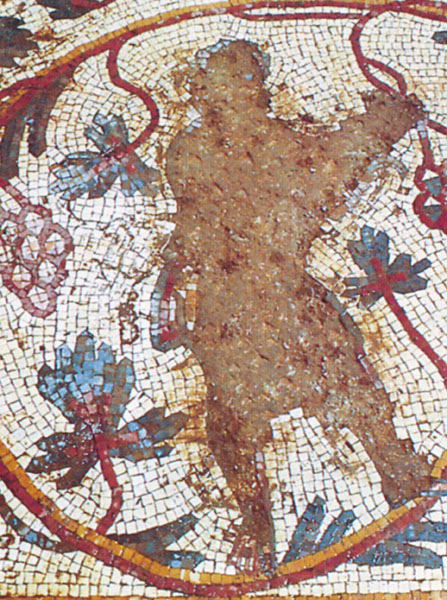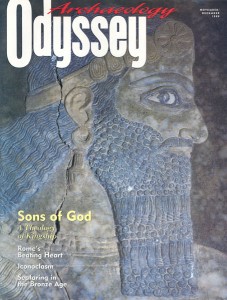The Image Destroyers
Only non-sacred images were destroyed in eighth-century Palestine

A curious episode in the history of iconoclasm—the destruction of sacred images—took place in eighth-century Palestine (present-day Israel and Jordan). The region’s Byzantine churches were often decorated with colorful mosaic pavements, including depictions of plants, animals, ordinary human beings and holy figures such as Jesus, the Virgin Mary, the disciples and saints. Sometime during the eighth century, however, in almost every one of these churches, the human and animal images were deliberately annihilated.1
But it was a gentle destruction: Those who obliterated the images typically removed the tiles with great care, scrambled them up, and reinserted them into the pavement—preserving the mosaic while erasing the images.
Equally curious: The obliterated images in Christian churches in Palestine were of ordinary people and animals, not holy figures. Thus the destruction of images in Palestine differs markedly from the Christian iconoclasm of the Byzantine Empire in the eighth and early ninth centuries—where only sacred icons were destroyed while other images of humans and animals were left intact.
Already a library member? Log in here.
Institution user? Log in with your IP address.

